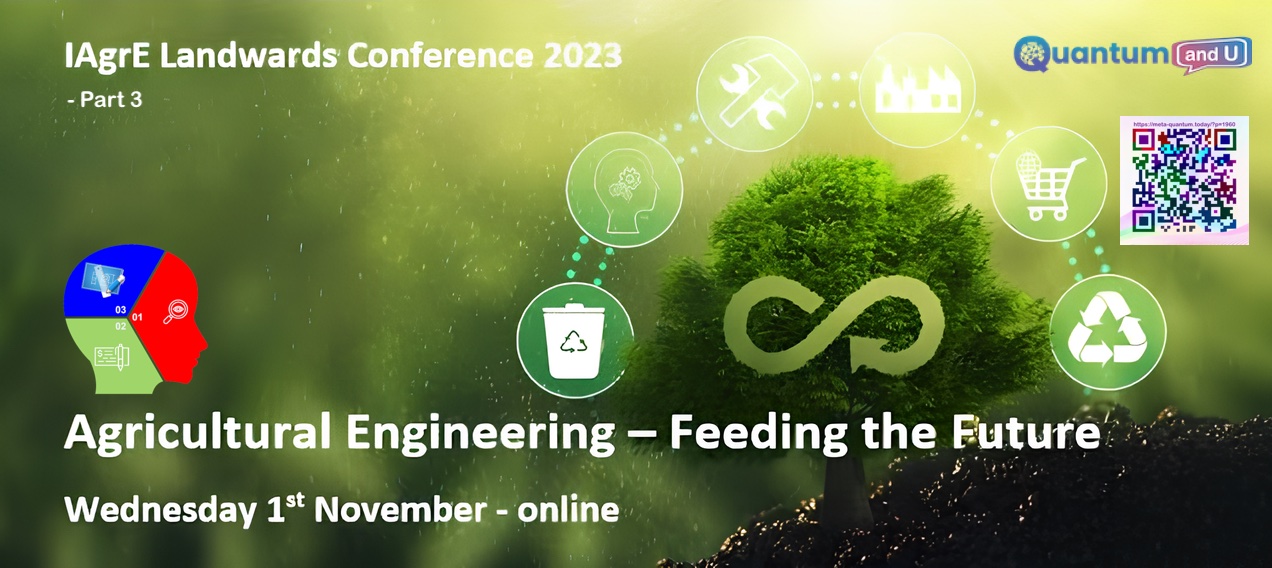
Introduction:
The video provides a comprehensive overview of Intelligent Growth Solutions’ (IGS) innovative Total Controlled Environment Agriculture project. In the presentation, Mr. Neil Coury, the esteemed Head of Product Management at IGS, delves into the intricate details of this groundbreaking initiative. The primary objective of the project is to seamlessly integrate vertical farming practices into traditional agriculture, thereby tackling the pressing issues brought about by climate change. By doing so, IGS aims to meet the ever-increasing demand for sustenance in a world where the population is rapidly expanding.
For More Details about Conference Part 1: Click here
For More Details about Conference Part 2: Click here
Part 3 video of the Conference 2023:
Related Sections of the part 3 Video:
- Global Food Challenge: Neil highlights the impending challenge of feeding a population of 10 billion by 2050, emphasizing the urgency to rethink food production.
- Vertical Farming Basics: Explains vertical farming as a method involving stacked trays in controlled indoor environments, offering precise control over climate and reducing water usage by 98% compared to open-field farming.
- IGS Technology: Describes IGS as a technology provider, showcasing their growth towers – modular, fully automated structures for vertical farming. The presentation covers hardware engineering, software control, and data science for monitoring and learning from plant and machine conditions.
- Versatility of Vertical Farming: Explores the range of crops that can be grown, including leafy greens, herbs, and even small fruits like chilies. The technology’s flexibility allows integration with existing operations and adaptation to changing market conditions.
- Economic Viability: Neil discusses the economic factors influencing the viability of vertical farming, emphasizing the importance of energy costs, labor, and market pricing in determining commercial success.
- Environmental Sustainability: Addresses concerns about sustainability, acknowledging that energy consumption must align with economic viability for vertical farming to be a sustainable solution.
Conclusion and Takeaway Key Points:
- Climate Change and Food Security: Vertical farming is presented as a hybrid solution to address the impacts of climate change on traditional agriculture, ensuring year-round production and minimizing losses.
- Flexibility and Integration: The technology’s adaptability allows it to be integrated into existing agricultural practices, offering a mix-and-match approach to address diverse challenges.
- Economic Considerations: The economic viability of vertical farming is crucial, with factors like energy costs, labor, and market conditions influencing its success.
- Sustainable Agriculture: The video suggests that vertical farming, if economically viable, can contribute to sustainable agriculture by providing controlled environments for efficient and resource-conscious food production.
References:


